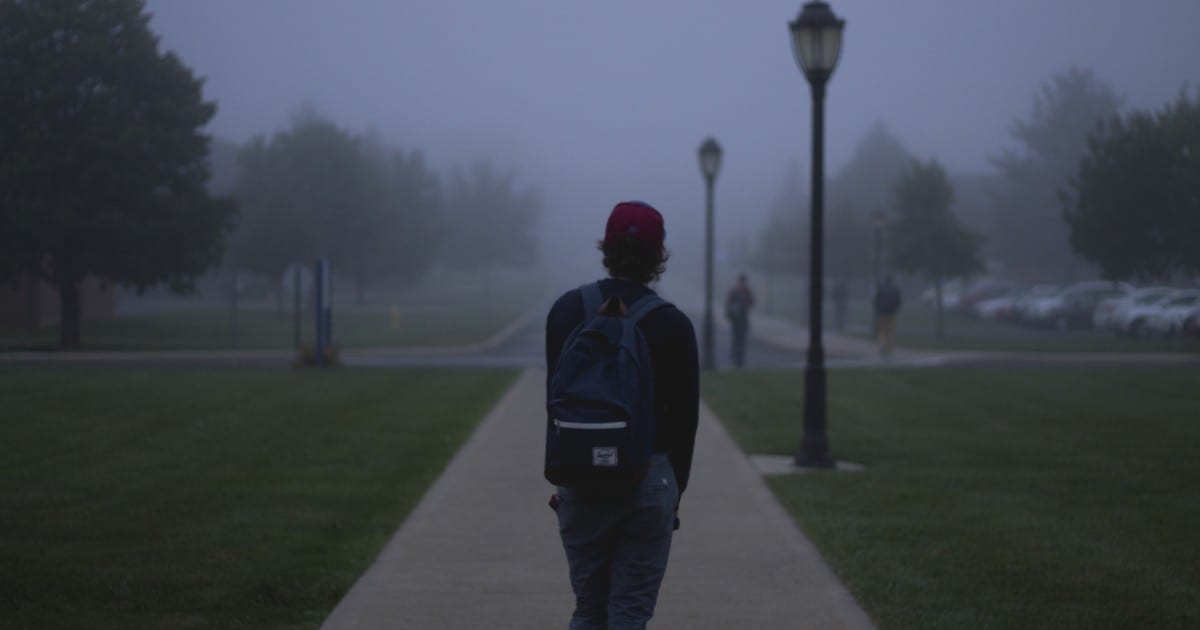How better alignment of stakeholders on campus can help students in need
For public health professionals, college students have always presented a paradox. Many students of traditional college age, enjoy good health and advantages, which, in theory, make them less deserving of examination. But college is also a time of new-found freedom and exposure to a wide variety of social experiences, making young adulthood the peak developmental period for the onset of mental health and substance use disorders. What happens during college can change the trajectory of a student’s life. Because student health and academic potential are intertwined, college campuses are opportune settings to detect early issues — and to intervene in innovative ways to maximize student potential.
My goal, as the Director of the Center for Young Adult Health and Development at the University of Maryland School of Public Health, is to use the language of academia – science – to encourage higher education leaders to expand their view of how to help students fulfill their promise. Much of our research focuses on all of the things that can get in the way of that promise, particularly substance use and untreated mental illness.
The high rates of self-reported feelings of anxiety and depression among college students are well known. We also know that many students are unaware of the kinds of services available to them, and struggle either because they think they can handle things on their own, or because seeking help is perceived as a weakness. We are now learning how much these factors act as barriers to academic success and college completion. Our research has focused on the extent to which college-aged depression diagnoses and substance use are associated with academic problems and interruptions in college enrollment. Interestingly, in one study we found that students entering college with a pre-existing diagnosis of depression weren’t necessarily at any greater risk of enrollment interruptions than individuals without depression. These findings hit home in higher education, where completion rates and GPAs are important differentiators.
We also know that most students who drink alcohol excessively, use marijuana, and take prescription drugs nonmedically tend to overestimate the prevalence of these behaviors, and view them as a “rite of passage” of young adulthood. Drugs affect not only learning, memory and attention – all of which are important for academic success — but also motivation. As neuroscientists will attest, drug use hijacks reward pathways in the brain, making academic pursuits take a backseat to immediate gratification. Put side by side, the instant rewards you get from drugs is more powerful than a scenario where you study hard, do well in your economics class, and eventually end up with a good job. As drug use becomes more severe, academic pursuits become even less valued.
Certainly, academic potential is much more than GPA. It encompasses resourcefulness, communication skills, knowledge acquisition, and creativity. It requires that students be cognitively strong and mindful – and have a sharpness of focus which is difficult in today’s world where students are bombarded with competing stimuli. It also requires that students have the resilience or “grit” to pick themselves up after failure, and the ability to seek and elicit help from trusted sources. Defining potential in these ways, it is easy to see how substance use and untreated mental health conditions can impede student achievement.
The college years provide an unprecedented opportunity to address these issues in an environment where every stakeholder is invested in seeing students succeed. Through their settings, resources and focus, colleges can embrace holistic health in a way that can better support the growing number of students who need help.
Unfortunately, structural and cultural dynamics within the institutions themselves are preventing this from happening in many schools. Part of the problem has to do with administrative silos. When students struggle academically, they often go to an academic or learning assistance center run by Academic Affairs. Students with health or substance abuse issues go to health centers or counseling centers run by Student Affairs. Rarely do these professional teams collaborate, despite the fact that both research and experience tell us that one impacts the other.
Mental health and substance abuse issues are treatable and preventable barriers to academic success, ones that academic professionals can be trained to identify and address. What if students who were struggling academically were screened for substance abuse and/or mental health problems by academic counselors/advisors in a way that was routine, non-judgmental and confidential? While co-locating services would be ideal, at the very least, academic counselors could use simple screening tools and make a referral to an appropriate place on campus for further assessment and intervention. One school I worked with asked questions of students about substance use on a white board that was then wiped clean after the interview.
What if those counselors were able to help students understand how much more fulfilling their learning experience would be if they weren’t high or hungover — in essence illustrating the discrepancy between what they want out of a college education, and what they’re getting? This strategy has much more promise for changing behavior than “education-only” approaches, where students are educated about the dangers of substance use. Unfortunately, substance-use education is still being used more commonly than evidence-based approaches.
Another reason we might not be seeing widespread screening and coordination is that asking the questions means being prepared to receive the answers. Despite the known need, many schools aren’t equipped to effectively manage and carefully monitor students with substance abuse or mental health problems. In my view, when resources are an issue, the logical answer involves reaching beyond university walls and engaging with professionals that are trained to deal with this age group and their unique needs. It doesn’t add personnel or resources. It simply makes an adjustment in the roadmap students need to get help.
Parents can be part of the solution as well by putting pressure on colleges and universities to be more equipped to deal with holistic health issues on campus. They are entrusting their grown children to these institutions and, in return, they need information about how well the institutions are attending to their health and emotional well-being. And students themselves ought to be more thoughtful and self-aware about the reasons they are in college. This “participant responsibility” can help prevent risk behaviors and lead more students to ask for help.
Finally, one of the best ways to help students is creating an environment where the positive rewards of college replace the powerful and immediate ones that come from alcohol and drugs. College presidents should be careful not to “over-vocationalize” the college experience as a means to a job, and instead look for ways to build community. This will reveal to students the built-in joys that exist on campus — service opportunities, research and intellectual discovery — as well as encountering people of different cultures and points of view.
Amelia M. Arria, Ph.D. is currently the Director of the Center on Young Adult Health and Development at the University of Maryland School of Public Health and an Associate Professor with the Department of Behavioral and Community Health.




